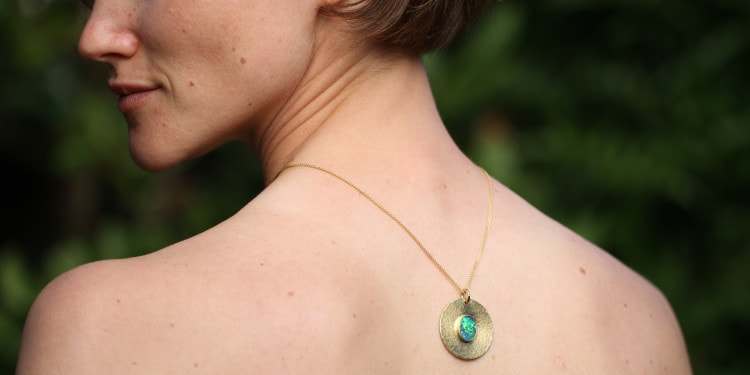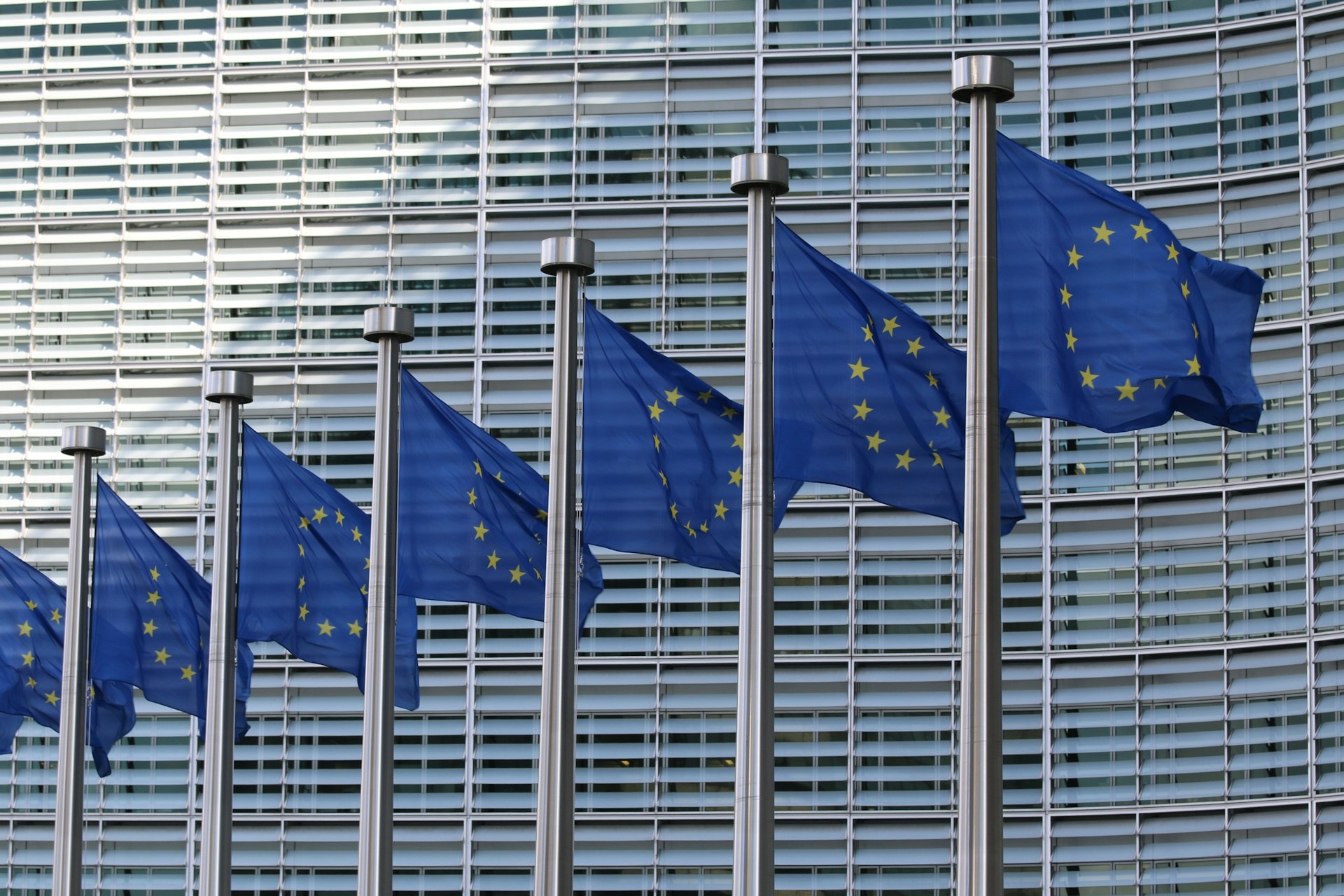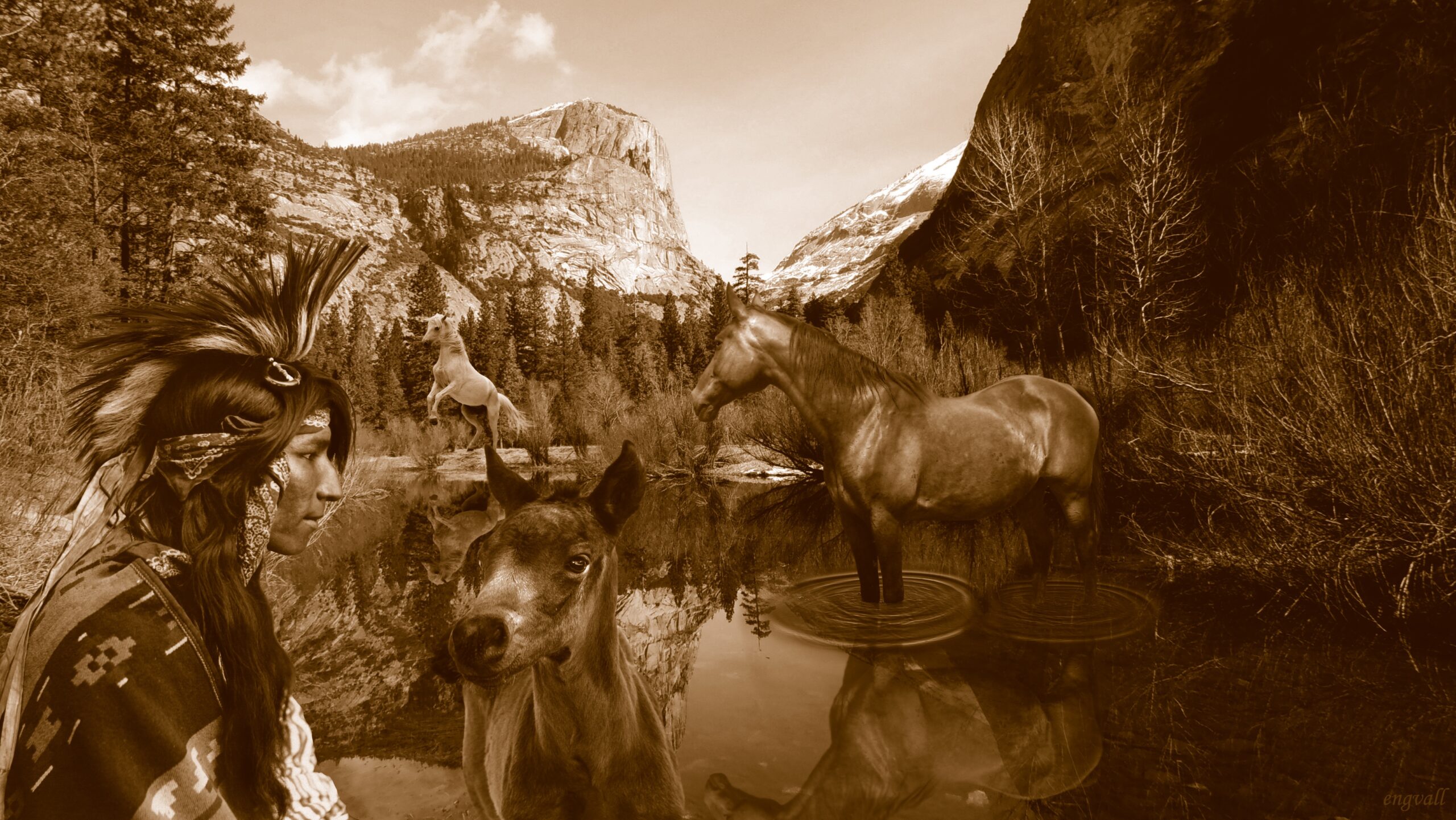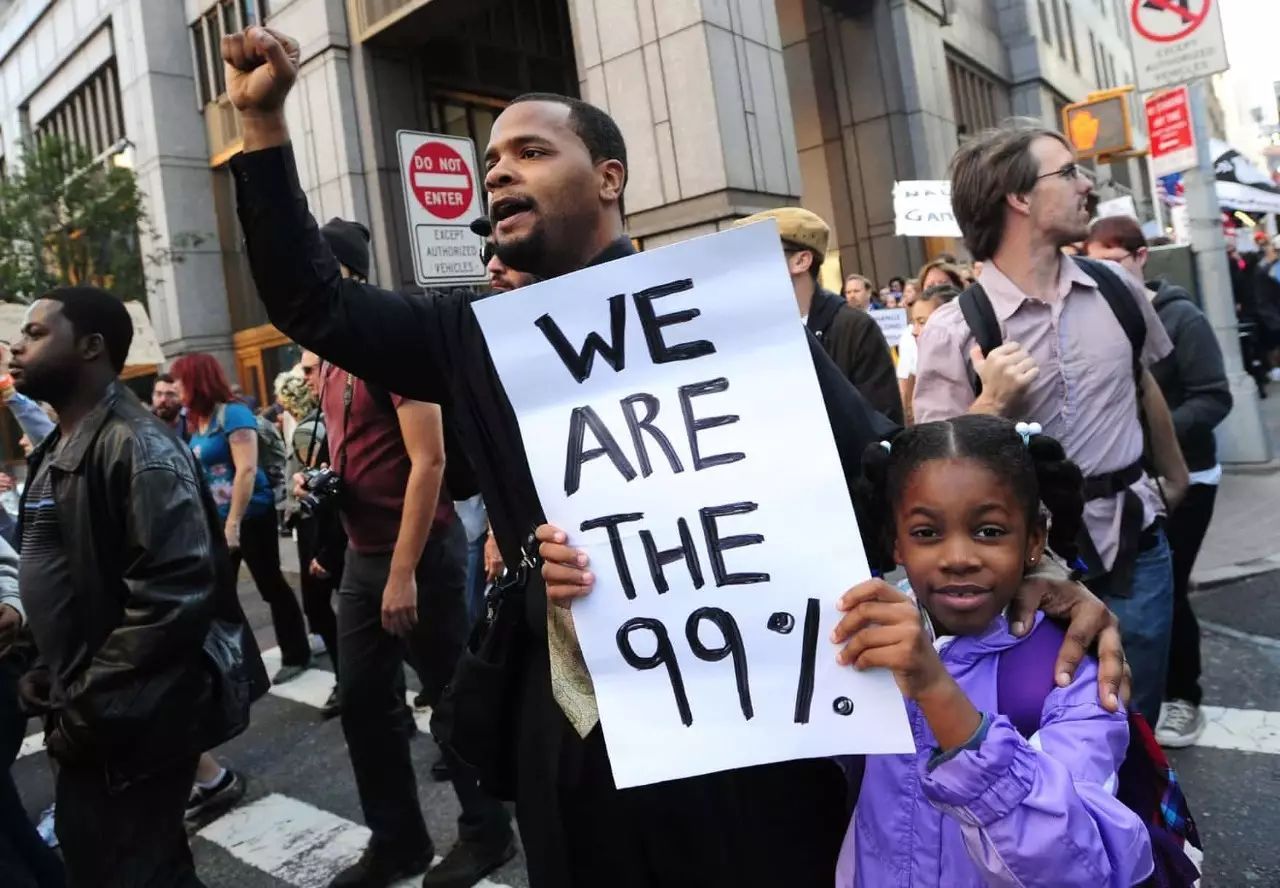The trade of unethical diamonds and gemstones is something that the jewellery industry has become increasingly concerned with in recent years. The film release of Blood Diamond in 2006 put the issue into the forefront, leading businesses to readdress their ethical approach following the uproar from celebrities and industry leaders alike calling for the international governments to take notice.
However, as the spotlight starts to fade, it is important that the subject remains a high profile one. The fact that unsustainable mining still exists today is because there is a demand for it; change only happens when the diamond and gemstone trade are effectively challenged. For example, over a quarter of rough cut diamonds in circulation are being processed as blood diamonds. A ground-breaking report back in 1998 was one of the first to call out the issues of the trade; exposing the role of diamonds funding war in Angola. Since then, the launch of the Kimberly Process has made the most significant steps towards battling the issues surrounding the entire diamond and gemstone trade.
Thesis is a gem and jewellery company standing in the light side of the gem trade, where transparency in transactions is championed. I spoke to Cate Claus, owner of Thesis, about the industry, Thesis and the future for her and the company.
Q: How do you describe the mission of Thesis? What inspired the creation behind Thesis?
Cate Claus: The jewelry industry is one of the last consumer goods industries that lacks transparency. To move away from this practice, I am candid about where my gems, pearls and gold are from and how my jewelry is created. With this understanding, I believe we can honor the process, people and the environment.
About a decade ago I started as an amateur gemology aficionado and precious stone collector. In the beginning I had the wool pulled over my eyes. Deceptive marketing of poor quality and overpriced gems and jewelry, and there was a lack of relevant information. I never knew the origins, nor how land and people were treated in the process. I was frustrated, outright angry with the flagrant corruption in gems and jewelry. I decided to create a different model. I wanted to understand the inner workings, decide how to build a supply chain, a transparent one, that would be responsible. It’s not perfect yet, but I am candid. I have a moral code, and I know you do too.
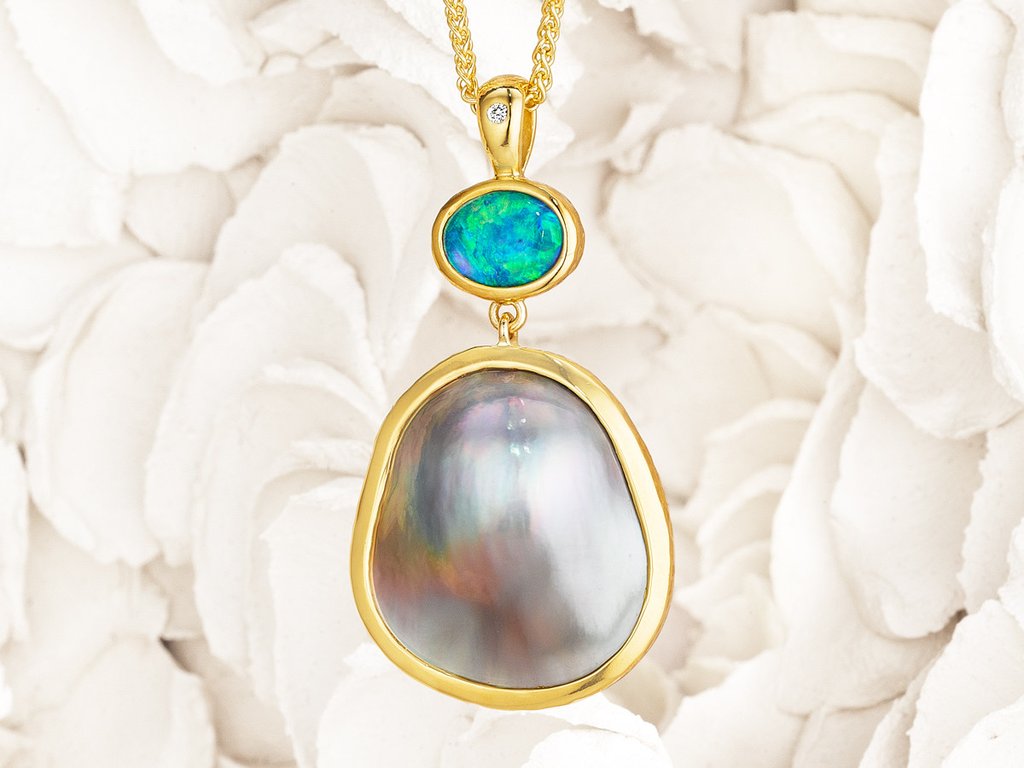
In the photo: Pearl and Opal pendant Photo credit: Thesis
Q: What are the major challenges for sustainability in the consumer goods industry and how do you work to get over the challenges?
CC: The jewelry business faces many challenges. I focus on two areas – the people involved in bringing gems to the market, and the environment.
Miners and gem cutters historically are vulnerable to exploitation. Many gems are mined in countries that are politically unstable. Miners often lack advocacy, while large corporations or government lobbies form political allies around their exploitations. As such, laborers are subject to dangerous, health-hazardous work without regulatory protections in place. Gem cutters, for example, are often at risk of a morbid lung disease called silicosis. Awareness of the process is a critical starting place. Progressive steps include being scrupulous about buying gems from suppliers that have high job retention with their employees, health insurance, proactive preventative measures, fair pay, and even philanthropic community programs.
The environment is equally vulnerable when considering gems. The land and waters become collateral damage in the process of mining gemstones and harvesting pearls. But, the impact can be thoughtfully minimized. In fact, in pearl production, it can be restorative. Less disruptive techniques include alluvial mining, back filling and rehabilitation of habitat. I try to minimize environmental impact even further: I use high-quality refined and recycled gold, re-purpose gems from existing jewelry and inherited pieces, and even scout for pre-WWII gems to re-cut and breathe new life into.
Related article: “EXPOSING CORRUPTION: THE HEART OF SUSTAINABLE DEVELOPMENT” by Paul Donowitz
Q: What have been some major milestones in your journey? Where do you see the direction of Thesis heading?
CC: I feel fortunate to establish trusting relationships in the industry. It takes time, detective work, and a lot of patience to find the right suppliers for pink diamonds from Australia that share my passion for environmental protection and sustainability. Finding great local artisanal gold smiths and gem cutters was the next challenge. The very best in their field are well-guarded secrets. I often create custom pieces together with my clients. Using local resources allows us to collaborate better on one-of-a-kind pieces and control the process. I am so grateful for the phenomenal people I have met and friends I have made through my journey. These relationships are a pillar, enabling me to build a transparent supply chain. I hope to continue to gain more understanding and insight in this incredibly complex industry that is at the intersection of geology, art and history. I hope to be a resource for others, to share and spread my findings and knowledge and give back to the community.
Q: What message or advice does Thesis have for other companies focusing on supporting the environment and fair labor practices?
CC: Truly, I recommend being open and candid. Working with kind, honest people. Asking questions is also empowering. It seems to nudge boundaries a bit. Intelligent questioning can plant a bit of a seed in helping people change their way of thinking. I take advantage of all the information and data that is out there, and it is easy to pick up to phone and talk to people. Being open minded and adaptable, with a willingness to limit judgement, takes effort. You can support sustainability in a host of ways, with sourcing, packaging, and then connecting with your local community as well as philanthropic efforts and partners.
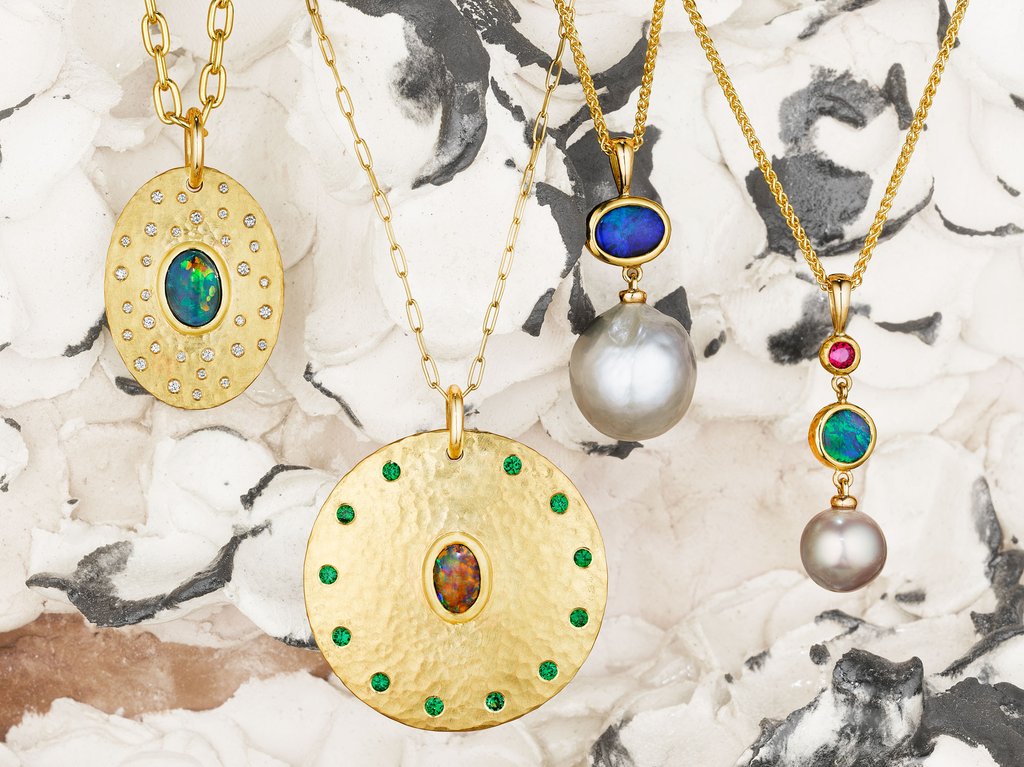
In the photo: Thesis products Photo credit: Thesis
Q: What are your views on the direction that sustainability is heading? What are some ways the average citizen can contribute towards sustainability?
CC: As a society we are at a crossroad. Our lives have become incredibly busy, with news, social media, and status updates bombarding us with information. We are more drawn than ever to impulse decisions, and the next purchase is just a click away, in the palm of our hand, wherever we are. It became too easy and too cheap to ask less questions about environmental impact and sustainability.
But people are waking up. They are getting scammed just like me in the beginning. And they are tired of it. Sustainability is undeniably blossoming. I think the small decisions we make in our lives, on a daily basis, make up who we are. I discuss the same concept with my patients as a pediatrician. We have to put the energy forward to be thoughtful in how we navigate the world.
EDITORS NOTE: The opinions expressed here by Impakter.com columnists are their own, not those of Impakter.com.


